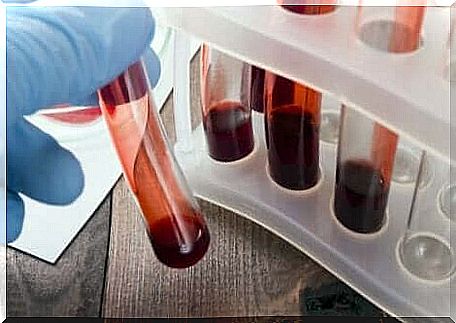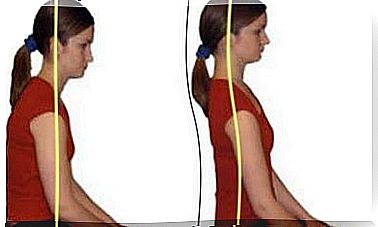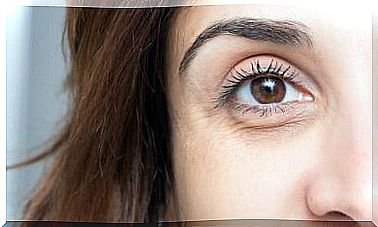Septic Arthritis: Causes, Symptoms And Treatment

Septic arthritis is a special type of arthritis also simply known as contagious. It is inflammation of the joint due to infection and it can be bacterial, viral or fungal in origin.
Infections can cause arthritis both directly and indirectly. When it occurs directly, the infectious agent is in the pond. However, in most cases, the infection starts elsewhere in the body and then travels to a joint through the bloodstream.
Septic arthritis can lead to serious consequences in the joints. Find out more about this disease in our today’s article.
Septic arthritis – causes
This disease occurs when pathogenic organisms enter the joint. As we mentioned above, in most cases the infection comes from elsewhere in the body and enters the blood joint. However, infections can also develop directly in the joints, for example as a result of a wound or trauma.
Here are the factors that increase your risk of developing this type of arthritis:
- A bacterial infection elsewhere in the body.
- Bacteraemia, i.e. the presence of bacteria in the blood.
- Joint surgery, for example implantation of a prosthesis.
- Chronic diseases such as diabetes or rheumatoid arthritis. The same drugs used for these diseases can weaken the immune system. As a result, patients are more prone to infections.
- Intravenous drug use.
- Arthroscopy.
- Injuries.
- Skin diseases. For example, psoriasis and eczema increase the risk of developing septic arthritis.

It should be noted that most cases of septic arthritis are caused by bacteria, especially staphylococci and streptococci. Although it can occur at any age, it is most common in infants. Moreover, it mainly affects the hip or knee joints.
Symptoms
The symptoms caused by septic arthritis vary depending on the type of infection you have. Bacterial infections usually affect only one joint – the knee or the hip. In such cases, any movement of the affected joint is very painful. This pain, as well as other symptoms including fever and chills, usually develops very quickly.
With viral infection, symptoms appear more gradually. Infections of this origin most often cause pain in many joints. Fungal infections are much less common and can include the following symptoms:
- In infants, moving a joint will cause crying.
- The infection can also cause fever and irritability in babies.
- Severe joint pain.
- Redness and inflammation.
- A slight fever.
- Pseudoparalysis.
- Chills.
Diagnosis
In order to make the correct diagnosis of septic arthritis, the physician should conduct a thorough clinical history. Moreover, he should also do a complete physical examination.
Certain symptoms can help guide a diagnosis. For example, when the cause of the infection is gonococcal bacteria, patients often develop secretions from the genitals.
In addition, the doctor needs to know if the patient has suffered from any other infection recently.

First, your doctor will order a blood test. He can also take fluid samples from the joints to be analyzed under a microscope and to culture the bacteria. In this way, it is possible to determine whether an infection has occurred and whether it is bacterial in nature.
The doctor may also order an X-ray of the affected joint. X-rays and other diagnostic methods can help in assessing the patient’s condition.
Septic arthritis – treatment
Drainage of the joint is usually necessary to treat septic arthritis. Moreover, in the case of a bacterial infection, doctors also prescribe antibiotics.
To choose the right antibiotic, you need to know exactly which bacteria are causing the infection. Your doctor may prescribe oral or intravenous antibiotics. It is also important to consider the patient’s age and clinical history. When it comes to viral infections, doctors usually don’t use specific treatments.
In addition, to relieve pain from septic arthritis, patients should get plenty of rest. Cold compresses can also provide additional relief. Your doctor may also prescribe anti-inflammatory and pain relievers.
Draining the pond
In order to empty the joint, a specialist will insert a needle into the synovial space. This can be done by arthroscopy or surgery. If the affected joint is the hip, it is more difficult to perform the procedure with the needle. Therefore, then doctors usually resort to surgical intervention.
Application
It is worth knowing that septic arthritis most often affects infants and immunocompromised people. Therefore, careful observation and basic knowledge are fundamental in this case.
If you develop pain or swelling in your joint, please consult your doctor.









